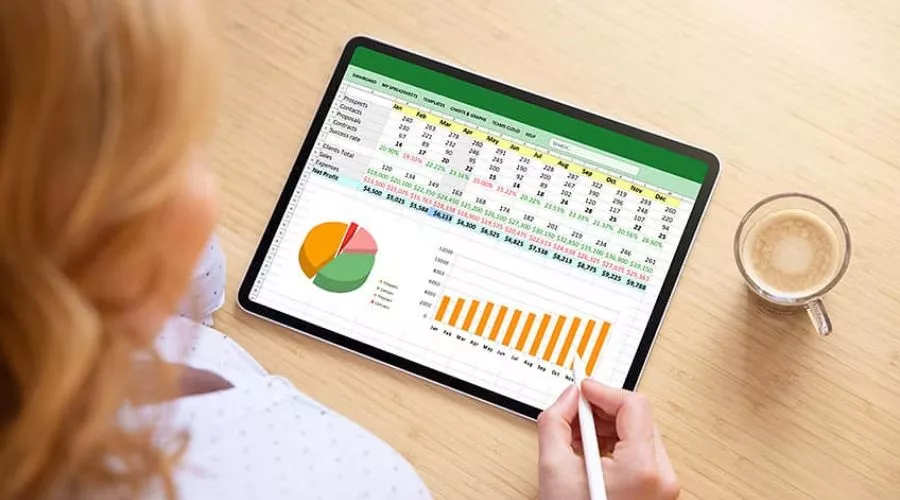Microsoft Excel is one of the most commonly used spreadsheet software worldwide. Excel provides a wide range of tools and functions, and one of the most powerful tools in Excel is formulas. Excel formulas are essentially mathematical expressions that enable users to perform calculations and manipulate data. Excel formulas can be used for a variety of purposes, including calculating totals, averages, and percentages, and creating charts and graphs.
Excel formulas are typically made up of three components: operators, values, and cell references. Operators are symbols used to perform mathematical operations such as addition, subtraction, multiplication, and division. Values can be either numbers or text. Cell references are used to refer to a specific cell or range of cells within a spreadsheet. For example, to add the values in cells A1 and A2, the formula would be =A1+A2.
Benefits of using excel formulas
Excel is one of the most commonly used software applications in the business world. It provides a user-friendly interface for performing various data manipulation tasks such as data analysis, budgeting, and financial forecasting. One of the key features of Excel is its ability to use formulas, which are expressions that allow users to perform calculations and automate data analysis.
1. Efficient Data Processing with Excel Formulas
Excel formulas are an essential tool for any individual or organization that deals with large amounts of data. Formulas enable users to automate complex calculations that would otherwise take hours to complete manually. With Excel formulas, users can quickly and efficiently process data, saving time and increasing productivity.
2. Easy to Create and Edit Formulas
Excel provides a range of pre-built formulas for users to choose from, making it easy to create complex calculations without having to write code. For example, the SUM formula allows users to quickly add up a range of numbers, while the AVERAGE formula calculates the average of a range of numbers. Additionally, Excel makes it easy to edit formulas if the underlying data changes or if users need to modify the calculation.
3. Accurate Data Analysis with Excel Formulas

Excel formulas ensure that calculations are accurate and consistent, even when working with large datasets. For example, if a user needs to calculate the total revenue for a particular quarter, they can use the SUM formula to add up all the sales figures for that period. Excel will automatically update the calculation if new data is added, ensuring that the results are always accurate.
4. Customizable Excel Formula
Excel percentage formula can be customized to suit individual needs, making it a versatile tool for data analysis. Users can create their own formulas using a range of functions and operators, allowing them to perform calculations that are specific to their business or industry. Additionally, Excel allows users to use nested formulas, where one formula is used within another formula, enabling more complex calculations.
5. Visual Representation of Data with Excel Formulas
Excel formulas can also be used to create charts and graphs that provide a visual representation of data. These visualizations make it easier for users to understand and interpret large datasets. For example, if a user wants to visualize sales trends over time, they can use the LINE chart feature to create a graph that shows how sales have fluctuated over a particular period.
Conclusion
In conclusion, Excel formulas from Datacamp are a valuable tool for any individual or organization that deals with large amounts of data. Excel formulas make data processing more efficient, enable users to create complex calculations easily, ensure accurate data analysis, and provide a visual representation of data. For more information, visit Findwyse.
FAQ’s















